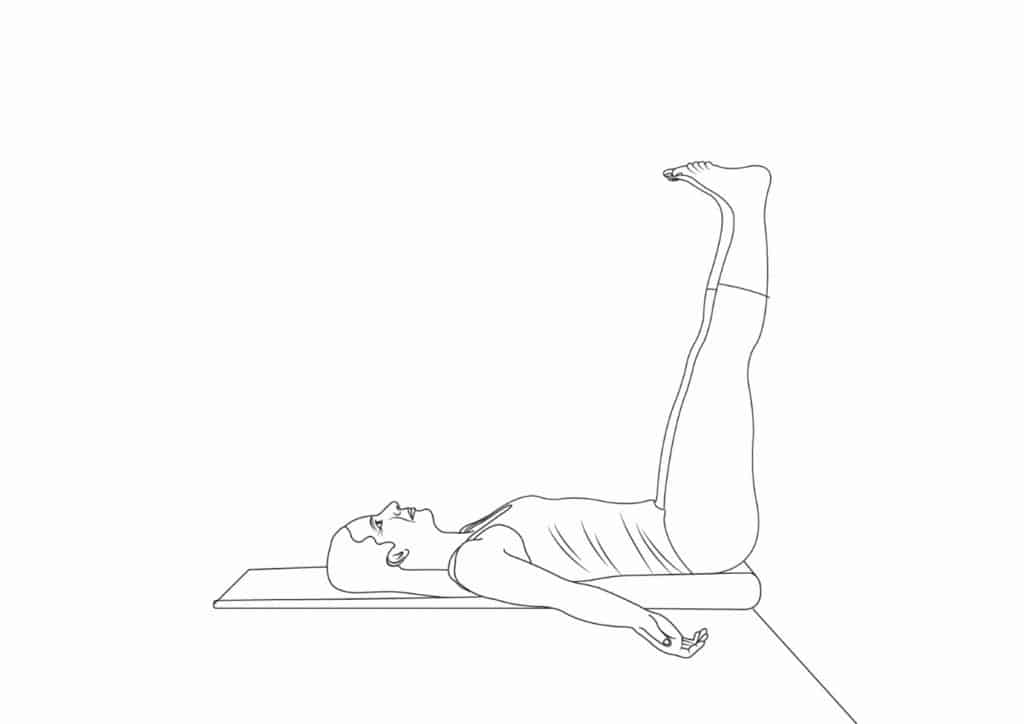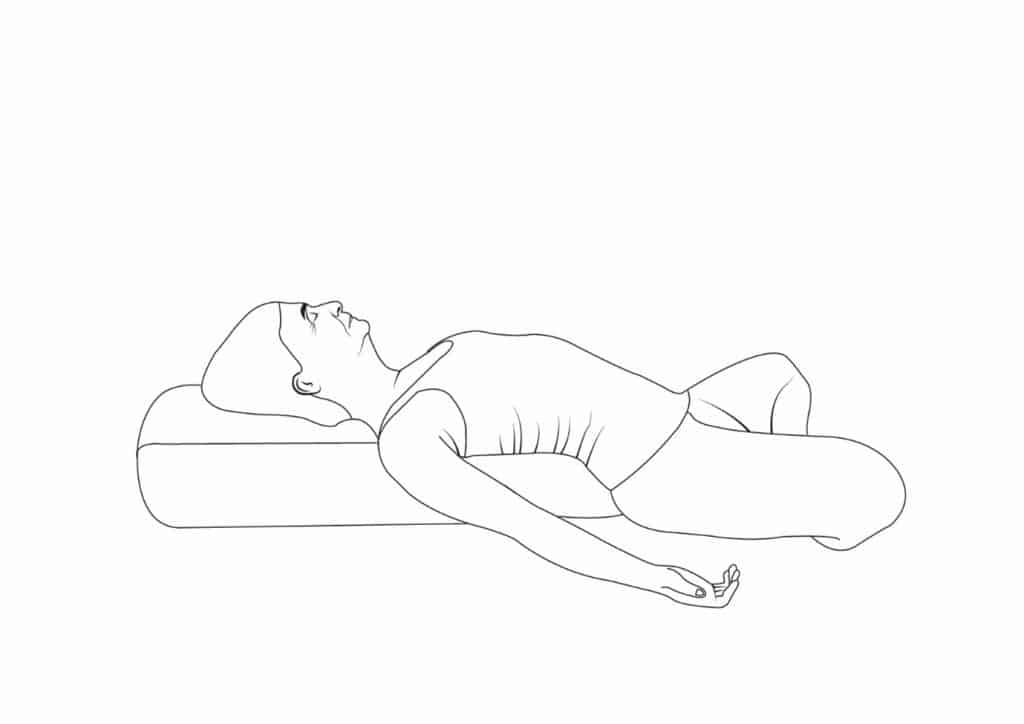
3 Good Reasons Why NOT Everyone Over 60 Needs to Do Kegels
Are you diligently doing Kegels and finding it’s not helping your pelvic health at all? Perhaps you are experiencing involuntary loss of urine or urgent messages to find the bathroom (urge incontinence)? The very symptoms Kegels are meant to address.
Kegels are not a one size fits all. While it’s commonly believed that pelvic muscles loosen with age, fact is, not everyone over 60 needs ‘tightening-up exercises’. It all depends on whether you already have a Hypotonic (loose) or Hypertonic (tense) pelvic floor, or a combination of both types.
For many of us, the pelvic floor is a primary stress container. Just like our other body parts, stress can send the pelvic muscles into tension overdrive.
The pelvis also tightens with repetitive pressure. This includes from healthy activities (e.g., running, cycling). A recent study suggests that pelvic floor tension is a widespread unrecognised issue.
If you have a Hypertonic (tense) pelvic floor, there is already too much tone, so strengthening exercises like Kegels could cause pain and other problems ‘down there’. Let me explain.
Think of the pelvic floor as a foundation for your house. If it’s uneven, or overly tight (shorter) on one side, the foundation could pull the house or whole body – out of alignment. The result is an unstable structure.
How Do You Know If Your Pelvic Floor Is Too Tight (Hypertonic)?
Some common symptoms of very tight pelvic floor muscles are frequent and urgent messages to find the bathroom, digestive issues, constipation, irritable bowel, hip pain, shallow chest breathing (associated with anxiety) and lower back pain.
Important first steps are to consult your medical practitioner to rule out any underlying conditions and a pelvic floor physical therapist for confirmation and assistance.
What Else Can Help?
Relaxing Tight Muscles and Increasing Strength and Flexibility
Overly tight pelvic floor muscles can also be very weak. What we need for a healthy pelvic floor (like Goldilock’s porridge) is just right muscles, which can contract adequately. Muscles that aren’t too weak or too strong. Muscles also need to be able to stretch before they can strengthen.
This is where gentle exercise, like yoga, could assist. A qualified yoga therapist could work with you and your health care providers to develop a personalised program. For instance, to suggest particular yoga poses to find and stretch or contract appropriate muscles, or build strength.
While it’s important to get a proper assessment (and depending on your physical limitations), potential poses that can decrease the stress response and relax the pelvic muscles include ‘lying over a bolster’ and ‘legs on a chair’.
Legs on a Chair
This is a variation on the classic ‘legs up the wall’ yoga pose. Here the legs are supported by a chair (or sofa). To move into ‘legs on the chair’, you can start by sitting on a folded blanket facing the chair or sofa.
The knees are bent and feet placed on the floor. The hands are placed behind the pelvis and the back is slowly lowered to the floor. Then the feet are carefully lifted from the floor, to rest the heels and backs of the calves on the seat.

Lying Over a Bolster
Take a yoga bolster (or folded blankets or firm cushion) behind you with the edge of the bolster touching the lower spine. Depending on your physical limitations, carefully lower your body backwards over the bolster.
An alternative is to rest on the floor (or your bed) with your legs straight out – or knees bent, whichever is most comfortable – with a rolled towel or blanket under your knees.

Correcting Improper Breathing Patterns
If the pelvis is overly contracted, breathing becomes restricted. Sometimes a habit (unhealthy) of ‘reverse’ breathing develops. Normally, on an inhale breath the diaphragm contracts and the pelvic floor (ideally) relaxes down.
On an exhale, the pelvic floor contracts passively. In reverse breathing the belly is pulled in, and the pelvic floor sucked up on the inhale breath.
Reverse breathing feeds the sensory nervous system stress response (fight, flight, freeze) releasing cortisol (stress hormone) into the body. If this continues, the central nervous system can become over-sensitised and on constant high alert. This leads to muscle guarding where muscles contract in the pelvis and elsewhere in the body causing more discomfit and pain.
Again, this is where a yoga therapist could assist. Practising breathwork, guided yoga Nidra (relaxation) and restorative poses is like pushing the reset switch. The central nervous system is given permission to soften the muscles, which decreases the stress response, enabling the pelvic floor muscles to unwind excess tension.
Let’s Have a Conversation:
Are you experiencing urgent messages to find the bathroom and finding Kegels don’t help? Perhaps you’re experiencing pelvic pain during or after exercise? Do you know how to tell if you’re a reverse breather? Confused about how to tell if your pelvic floor muscles need tightening or relaxing? Please join the conversation and share your experiences.
Tags Fitness Over 60







Thank you this is very helpful.